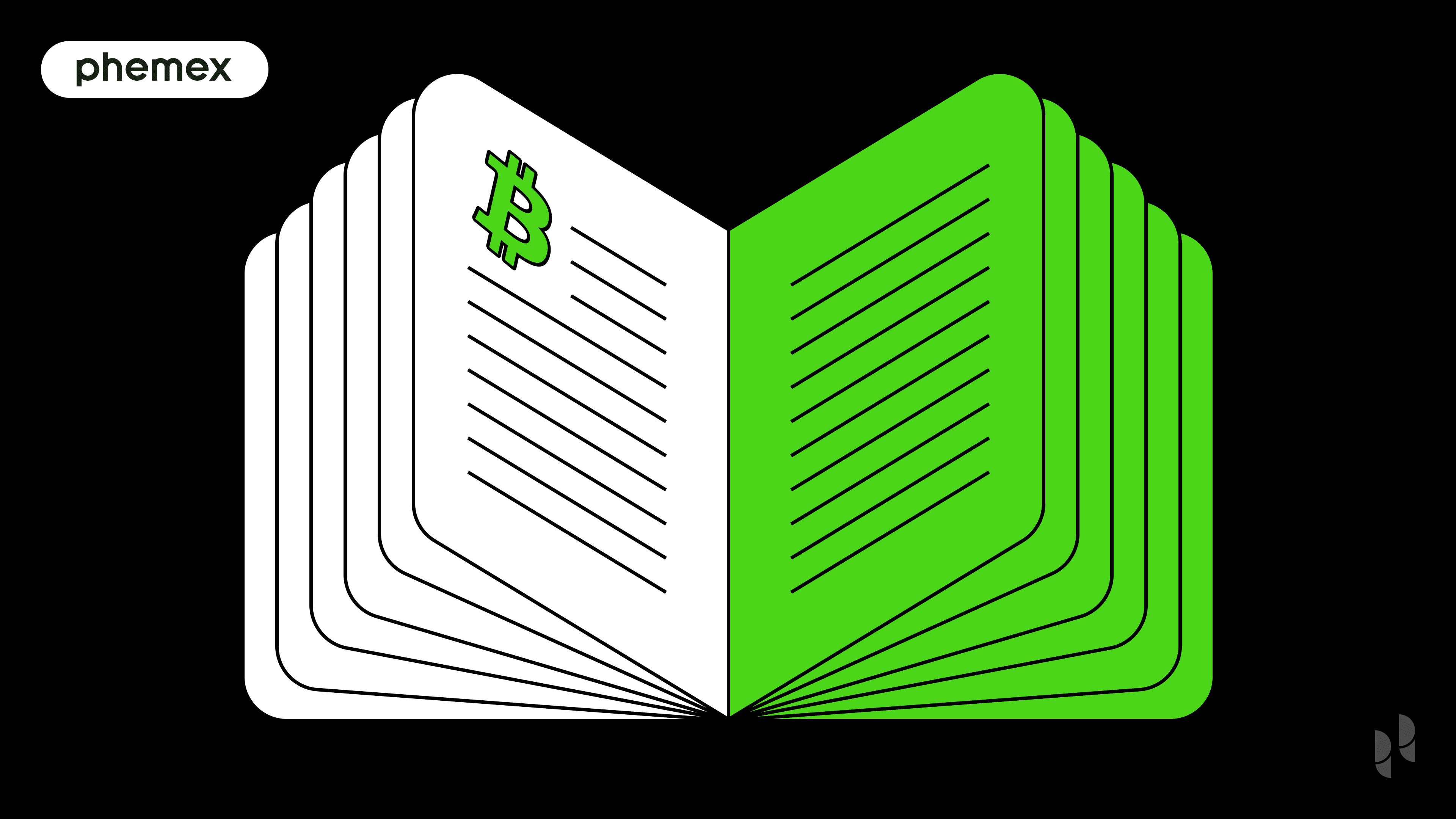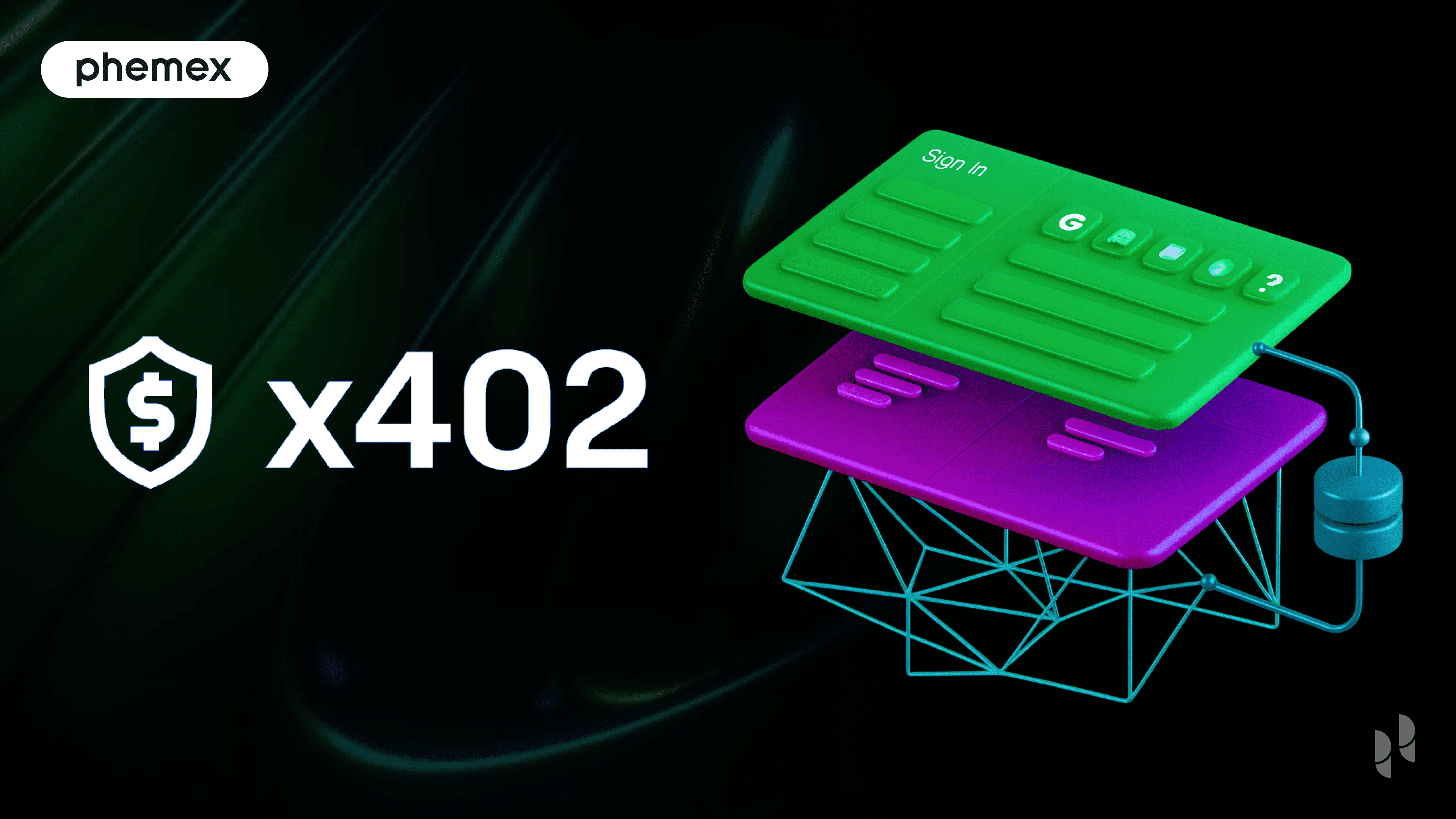What is Staking in Crypto?
Staking in the realm of cryptocurrency involves committing your digital assets for a predetermined duration to bolster a blockchain's operations. In exchange for staking your crypto, you are rewarded with additional cryptocurrency. This method allows crypto owners to actively employ their digital assets to generate passive income, eliminating the need to sell them.
Numerous blockchain networks adopt the proof of stake consensus mechanism. Participants in these networks who wish to assist in validating new transactions and creating new blocks are required to “stake” specific amounts of cryptocurrency. Staking can be compared to depositing money in a high-yield savings account. Much like how a bank utilizes deposited funds for lending and provides depositors with a portion of the interest gained, staking your digital assets contributes to the blockchain's functionality and security. In return, you receive rewards, typically in the form of percentage yields, which are often significantly higher than traditional bank interest rates.
Staking plays a vital role in ensuring the authenticity and integrity of data and transactions on a blockchain. Those looking to validate transactions commit their cryptocurrency as a sort of collateral. If they incorrectly validate transactions or process fraudulent data, they risk losing a portion or all of their staked crypto as a penalty. Conversely, correctly validating legitimate transactions rewards them with more cryptocurrency.
Prominent cryptocurrencies such as Solana (SOL) and Ethereum (ETH) incorporate staking within their consensus mechanisms, highlighting its growing popularity and utility in the cryptocurrency space. Staking has emerged as a preferred method for profiting in the crypto market without the need for active trading.
How does it work?
Staking in cryptocurrency begins with users committing their coins to the protocol. The protocol then selects validators from these participants to verify and confirm transaction blocks. The likelihood of being chosen as a validator increases with the amount of cryptocurrency staked.
Whenever a new block is integrated into the blockchain, fresh coins are generated and awarded as staking rewards to the validator of that block. Generally, the rewards are in the same type of cryptocurrency that is staked, though some blockchains may offer rewards in a different cryptocurrency.
To stake cryptocurrency, one must own a digital currency that operates on the proof-of-stake model. Stakeholders can then decide the amount they wish to stake, typically through well-known cryptocurrency exchanges.
While staked, the coins remain under the owner's control. Staking means putting your crypto to work, with the option to unstake and trade them later, although unstaking might not be immediate and could be subject to minimum staking duration requirements.
Staking is not applicable to all cryptocurrencies but is exclusive to those utilizing the proof-of-stake model. In contrast, many cryptocurrencies operate on the proof-of-work model, which involves substantial computing power and has raised environmental concerns due to high energy consumption, notably in the case of Bitcoin (BTC).
Proof of stake is more energy-efficient and scalable, facilitating a higher volume of transactions. It ensures network integrity by requiring validators, or "stakers," to lock away a certain amount of tokens, making dishonest behavior less attractive. Any corruption of the blockchain through malicious acts could devalue the associated token, causing financial losses for the perpetrators.
Validators often run staking pools, aggregating funds from various token holders via delegation. This process allows more users to participate in staking without directly involving themselves in the complexities of validating transactions.
To maintain accountability, validators can face penalties or "slashing" for infractions such as extended downtime or severe breaches, resulting in exclusion from the consensus process and loss of staked funds. This practice has occurred in several blockchains, including Ethereum and Polkadot.
Each blockchain has specific rules for validators. For instance, Ethereum requires each validator to stake a minimum of 32 ether, valued at around $45,000 as of September 16, 2022.
How to stake crypto?
1.Choose a Proof of Stake Cryptocurrency:
- Not every cryptocurrency supports staking. Look for ones that use proof of stake for transaction validation. Prominent options include Ethereum (ETH), which is transitioning from proof of work to proof of stake, Cardano (ADA) known for its eco-friendly approach, Polkadot (DOT) which connects various blockchains, and Solana (SOL) recognized for its scalability and low transaction fees.
- Before purchasing, research the specific cryptocurrencies, focusing on their functionality, staking rewards, and the staking process. Once you’ve made your choice, you can buy the cryptocurrency through various crypto apps and exchanges.
2. Transfer Your Crypto to a Blockchain Wallet:
- Post-purchase, your crypto will be in the exchange's wallet. If your exchange offers staking programs for your crypto, you can stake directly there.
- . If not, transfer your crypto to a personal blockchain or crypto wallet, which is deemed safer for storage. You can opt for a free software wallet or a hardware wallet. To transfer, generate a wallet address from your new wallet, then withdraw your crypto from the exchange to this address.
3. Participate in a Staking Pool:
- Most cryptocurrencies use staking pools, where traders combine their funds for a better chance at earning rewards.
- When selecting a staking pool, consider its reliability (look for high uptime), fees (typically 2% to 5%), and size (mid-size pools often balance reward potential with risk well).
- After choosing a pool, stake your crypto via your wallet and start accruing rewards.
Once you commit to staking, you'll receive returns in the staked cryptocurrency as per the schedule. These returns can be retained as an investment, restaked, or converted into cash or other cryptocurrencies. Be aware of any program restrictions, such as minimum staking durations, before you can withdraw your tokens.
What is proof of stake?
Proof of Stake represents a modern consensus mechanism designed to enhance transaction speeds and efficiency while reducing associated costs. Unlike traditional mining that demands extensive energy for solving complex mathematical problems, Proof of Stake delegates the transaction validation to participants who commit their tokens to the process.
In this system, staking mirrors the role of mining. Network members are chosen to process and add new transaction batches to the blockchain, receiving cryptocurrency as a reward. Stakers play a critical role in confirming the legitimacy of blocks.
To motivate participants, blockchains offer staking rewards. These are predetermined cryptocurrency amounts given for validating transaction blocks. When you stake your crypto and are selected for transaction validation, you earn these rewards.
Though implementations may differ across various projects, the core principle involves token holders voting to uphold blockchain security. The tokens they stake serve as collateral, ensuring their honest participation and discouraging breaches of the network's protocols.
Why do only some cryptocurrencies have staking?
The choice of consensus mechanism, a crucial aspect in cryptocurrency operations, often sparks debate regarding security. Proof of Work (PoW), known for its high energy consumption, also brings a level of security that makes PoW blockchains challenging to compromise. This is a key reason why certain cryptocurrencies opt for PoW.
In the realm of decentralized cryptocurrencies, where no singular authority presides, these digital currencies rely on a consensus mechanism to maintain unanimity across all network computers. This system ensures the integrity of transactions without centralized oversight, as seen in banks or credit card companies.
Prominent cryptocurrencies, including Bitcoin and the initial version of Ethereum, employ the Proof of Work mechanism. This method requires substantial computational efforts to address tasks such as transaction validation and double-spending prevention. Miners globally compete to solve cryptographic puzzles, with the victor gaining the privilege to append the latest block of verified transactions to the blockchain, earning cryptocurrency in return. Following Bitcoin's lead, other early cryptocurrencies adopted PoW until Peercoin introduced Proof of Stake (PoS) in 2012.
While PoW suits simpler blockchain structures like Bitcoin's, resembling a bank's ledger, it can become less efficient for more complex systems. For instance, Ethereum, which supports a broad spectrum of applications including decentralized finance (DeFi), can experience slowdowns and higher fees due to PoW constraints when activity surges.
An alternative, though less prevalent, is Proof of Burn (PoB), where miners validate transactions by destroying a portion of cryptocurrency. Each consensus mechanism has its pros and cons, influencing developers to select the most fitting one for their particular cryptocurrency project.
Benefit of Staking
Staking presents a lucrative opportunity for long-term crypto investors to put their holdings to work, enabling them to earn rewards instead of letting their cryptocurrencies idle in wallets.
One key advantage is the generation of passive income. For those not looking to sell their crypto tokens soon, staking offers a way to earn additional income that wouldn’t exist without this investment strategy. This process is straightforward to initiate, often requiring just a crypto wallet or exchange account. As Trakulhoon puts it, “It’s as simple as creating a crypto wallet, depositing your cryptocurrencies, and selecting the ‘staking’ option in wallet apps through validators or staking pools.”
Beyond financial gains, staking also allows investors to support their preferred blockchain projects. Tanim Rasul, COO and co-founder of National Digital Asset Exchange, highlights that staking contributes to the security and operational efficiency of blockchain networks. By staking, investors bolster the network's defense against attacks and enhance its transaction processing capabilities.
The primary allure of staking lies in its potential for high returns. In some instances, annual interest rates can surpass 10% or even 20%, making it an appealing investment avenue. The only requirement is owning crypto that operates on the proof-of-stake model, making it an accessible option for many crypto holders.
Risk of Staking
Staking your cryptocurrency comes with specific constraints, notably that you need to unstake it to make it tradable again. It's crucial to understand any minimum lockup periods and the duration of the unstaking process to avoid unexpected limitations.
Addressing these concerns, Trakulhoon points out that certain blockchains, like Ethereum, offer solutions through decentralized finance (DeFi) applications such as Lido Finance and Rocket Pool. These platforms provide "liquid staking," which issues a tokenized form of the staked assets, effectively maintaining their liquidity.
However, there's a catch. When using these secondary markets, you must find a buyer or lender, with no certainty of being able to recover your investment early or in full.
Another consideration in staking is the lockup or "vesting" period, during which you cannot trade your crypto. This restriction can be problematic, particularly if market prices fluctuate. It's advisable to thoroughly research the specific staking terms and conditions for each blockchain project you're interested in.
A significant risk in proof of stake networks is the practice of "slashing," which penalizes validators for misconduct by destroying a portion of their staked crypto. If you stake with a dishonest validator, you risk losing a part of your investment. Additionally, staking pools are susceptible to hacking, leading to potential total losses. Given that these assets typically lack insurance protection, there's often little chance of recovering lost funds.
Should You Start Staking?
Staking emerges as an appealing choice for investors seeking to earn returns on long-term investments, particularly those who are not concerned with short-term price swings. However, if there's a chance you'll need access to your funds before the completion of the staking period, it's wise to avoid engaging in staking.
Rasul emphasizes the importance of scrutinizing the specifics of the staking period, including its duration and the timeframe for retrieving your funds upon deciding to withdraw.
He also suggests partnering exclusively with firms renowned for their credibility and stringent security protocols.
Be cautious with offers of excessively high interest rates, as they might be unrealistic, according to experts.
For those who haven’t yet ventured into stakable cryptocurrencies, exploring such options can be rewarding, given the potential returns. While numerous cryptocurrencies offer staking opportunities, it’s crucial to assess their overall investment value. Purchasing a cryptocurrency for staking is sensible only if you also perceive it as a sound long-term investment.
The proof-of-stake model has proven advantageous for both the cryptocurrency sector and its investors. It allows cryptocurrencies to process a large volume of transactions efficiently and at low costs. For investors, it presents an avenue to earn passive income from their crypto holdings. With a deeper understanding of staking, you can now explore cryptocurrencies that provide this option.
Read More
- What is Staking: PoW vs. PoS Explained
- How to Stake Ethereum: What If I Don’t Have 32 ETH To Stake?
- What is Cryptocurrency & How does it Work?
- What Are Crypto Rewards & How Do They Work?
- What is Restaking - The Possible Future of DeFi?
- Yield Farming vs. Staking vs. Liquidity Mining: All You Need to Know
- Who Are the Blockchain Validators: Network Users Powering the Blockchain Functionality
- What are Crypto Dividends & How do they Work?








